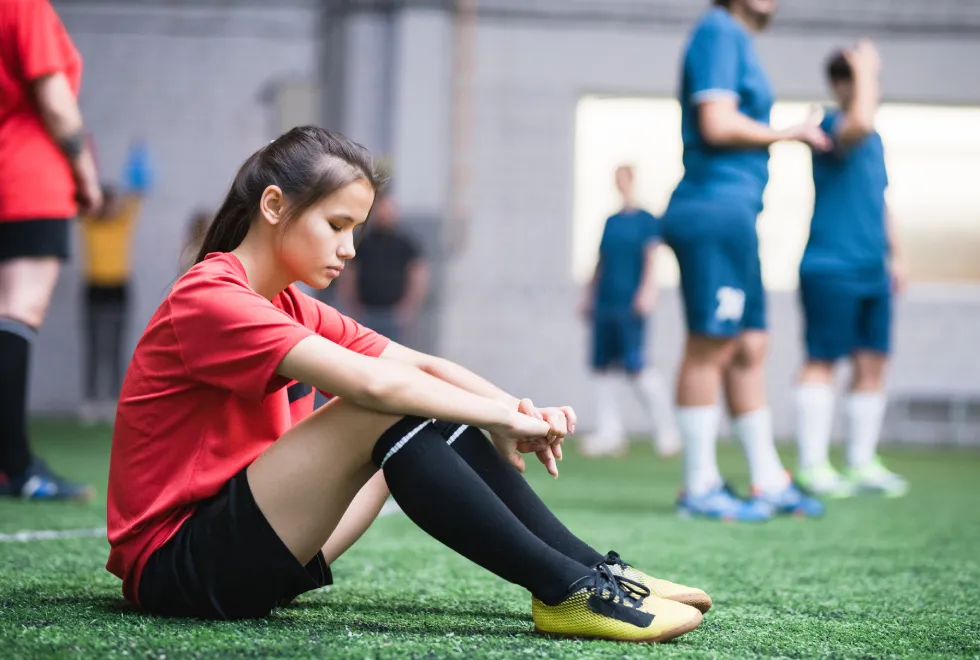The Pressures and Payoffs of Life as a Student-Athlete

The life of a student-athlete is a constant tug-of-war between the demands of academics and sports. It is a journey fraught with challenges, including physical and emotional fatigue, social isolation, and immense pressure. This article explores these common struggles and offers insights on how student-athletes can prepare for and overcome them.
A key struggle for student-athletes is time management. The rigorous demands of training, practices, and competition not only consume time but also energy that could be spent on academics. This juggling act often forces students to push their homework and studying into the late hours, making it difficult to maintain a healthy balance. This pressure, combined with the physical stress of constant training, leads to widespread physical and emotional fatigue. Studies have shown that student-athletes frequently suffer from sleep problems and are at a higher risk for injuries, which can disrupt both their athletic performance and their studies. The emotional toll is just as significant, as the pressure to excel in both arenas can lead to high-stress levels and emotional exhaustion.
Beyond the physical and academic demands, student-athletes often face challenges in their social lives. Their packed schedules leave little time for socializing, making it difficult to form friendships outside of their teams. This can lead to feelings of isolation and loneliness. Mental health is also a serious concern, with studies indicating that student-athletes experience higher rates of anxiety and depression compared to their non-athletic peers.
Fortunately, these challenges can be overcome with the right strategies. Effective time management, such as using planners and calendars, is crucial. It is also important for student-athletes to utilize academic resources like tutoring and to communicate proactively with their teachers. Prioritizing physical and mental well-being is vital; this includes listening to their bodies, seeking support when needed, and maintaining a healthy diet and sleep schedule. Building a strong support network with coaches, teachers, and especially teammates can also create a positive and enriching environment.
The journey of Bedri Parlar, a former high school student-athlete and valedictorian, serves as a powerful example of this balance. He credits his success to an “hour audit” strategy, which allowed him to visualize his time and manage his schedule efficiently, even while balancing rigorous AP courses, football, and leadership roles in extracurricular organizations. Parlar emphasizes the importance of taking care of your body and not hiding pain from coaches, noting that he saw a noticeable improvement in his performance and attitude once he took nutrition and recovery seriously. His experience highlights a valuable lesson for all student-athletes: don’t be afraid to ask for help, whether it’s from a teacher for an extension on a project or from a friend for emotional support. The challenges of being a student-athlete are real, but with the right strategies, they can be overcome.

